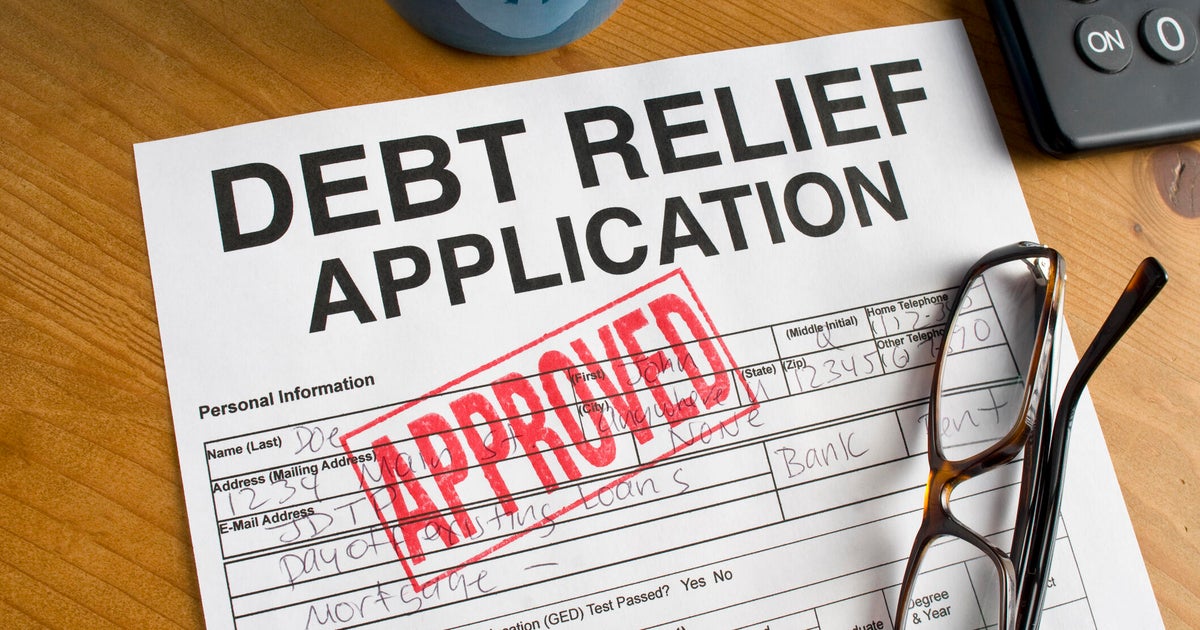Will credit card debt forgiveness cover my $15,000 debt?
No matter how careful you are about your finances, carrying a balance on your credit cards can be a dangerous approach to take. With the average rate at nearly 23% currently, any credit card debt you have will quickly grow due to the interest charges, even if you stop making new purchases with your card. Should your balance grow too quickly, you may find it tough to stay on top of your credit card payments, putting your credit score and financial health at risk.
But despite the risks that come with credit card debt, many cardholders are carrying a balance right now, with the average cardholder owing nearly $8,000 on their credit cards. If you're one of them, you may be looking for an escape route. The good news is that there are many debt relief options to choose from, including credit card debt forgiveness, in which creditors agree to cancel a portion of the outstanding balance in return for a lump-sum payment on the account.
Debt forgiveness can be a tempting prospect when your credit card debt is growing, as it can provide significant relief. However, the reality of debt forgiveness is more nuanced than many realize. So is this a viable option for a substantial balance like $15,000? Or are there other, potentially more effective strategies to pursue?
Get started with the right debt relief company today.
Will credit card debt forgiveness cover my $15,000 debt?
In general, yes, credit card debt forgiveness could help you reduce a $15,000 debt. These programs, offered by debt relief companies, are designed for those with a substantial amount of unsecured debt — and most debt relief companies will have minimum debt thresholds, typically starting around $7,500 to $10,000, that you must meet to enroll in the program. So, a debt of $15,000 is within the acceptable range.
These minimum thresholds exist because the debt forgiveness process involves significant negotiation efforts and their fees are usually based on a percentage of the enrolled debt. If the total debt amount is too small, the potential savings after fees may not justify the cost of the service, making the process less beneficial for both you and the debt relief company.
It's also important to understand that creditors aren't required to forgive any of your debt, and they may be less willing to negotiate smaller debts, as they may feel it's easier to collect the full amount. Larger balances, on the other hand, pose a higher risk of default for creditors, making them more open to settling for a reduced lump-sum payment.
The age of your card debt can also play a role in whether or not debt forgiveness provides relief from your $15,000 credit card debt. The older the delinquent debt, the higher the likelihood that a creditor will accept a reduced lump-sum payment, as a reduced payment is typically better than the risk of not recovering any money at all. However, creditors may be less inclined to settle newer debts, instead pushing for full repayment.
Demonstrating financial hardship can also play a crucial role in the success of negotiations. Creditors are more likely to agree to reduce your $15,000 debt if you can prove that paying the full amount is not feasible. In turn, providing evidence of income loss or other financial challenges may strengthen your case for a settlement.
Should the negotiations be successful, though, debt forgiveness could lead to a significant reduction in the total amount you owe, as it typically reduces your balance by 30% to 50%. This means that if you owe $15,000, you might be able to settle for between $7,500 and $10,500. However, it's important to remember that results vary widely.
Start tackling your high-rate card debts now.
What other options do I have for my $15,000 debt?
If debt forgiveness doesn't seem like the right fit for your situation, there are several alternative strategies to consider, including:
- Debt consolidation: With debt consolidation, you take out a new loan at a lower interest rate to pay off multiple credit card balances, allowing you to save money on interest and potentially pay off the debt faster.
- Balance transfer: Some credit cards offer promotional 0% APR periods on balance transfers, typically lasting 12 to 21 months. Transferring your $15,000 balance to such a card could give you a window to pay down the principal without accruing additional interest.
- Debt management: Debt management programs, which are generally offered by credit counseling agencies, help negotiate with your creditors to lower interest rates and waive fees. While you'll still repay the full $15,000, the reduced interest can make the debt more manageable and potentially shorten the repayment period.
The bottom line
Credit card debt forgiveness could offer a solution to reduce a $15,000 debt, but it's not guaranteed. Creditors aren't required to forgive any part of your balance, and the success of this option largely depends on factors such as your creditor's willingness to negotiate and your ability to prove financial hardship. If that doesn't seem like the best fit for your situation, there are alternatives such as debt consolidation or balance transfer cards to consider, too. By carefully considering all available options, you'll be better prepared to make the right choice for your future.






